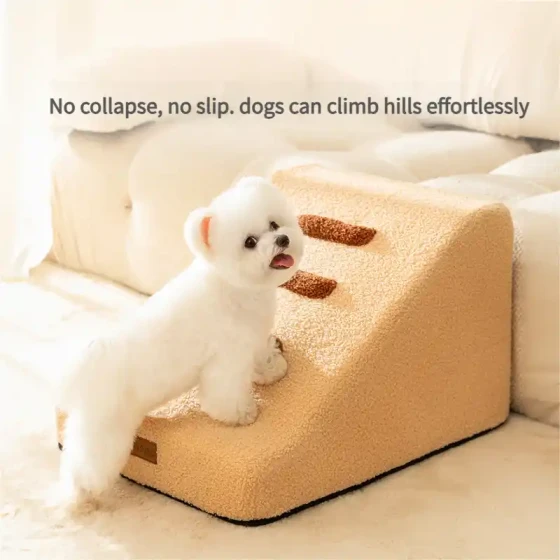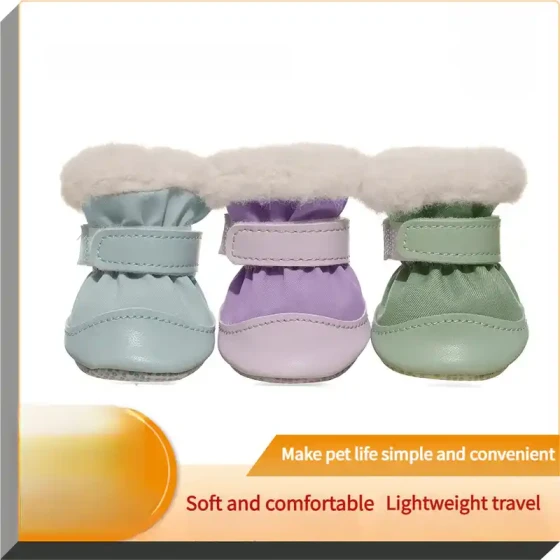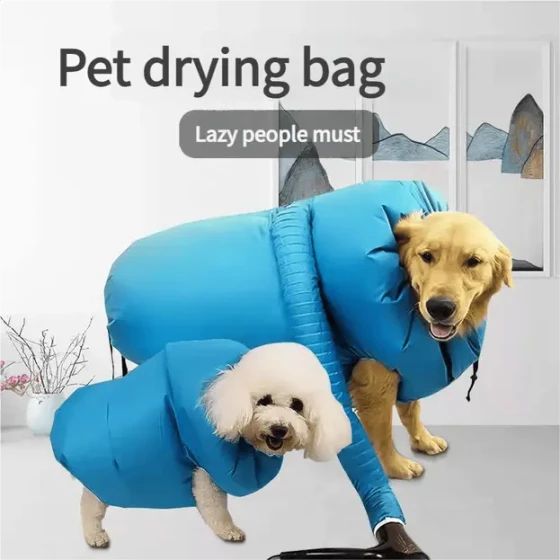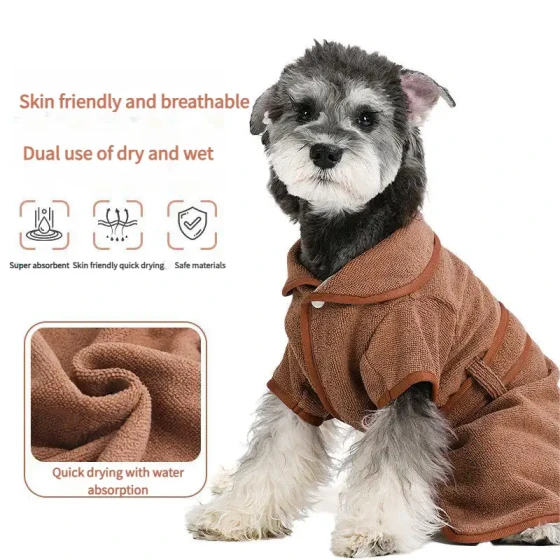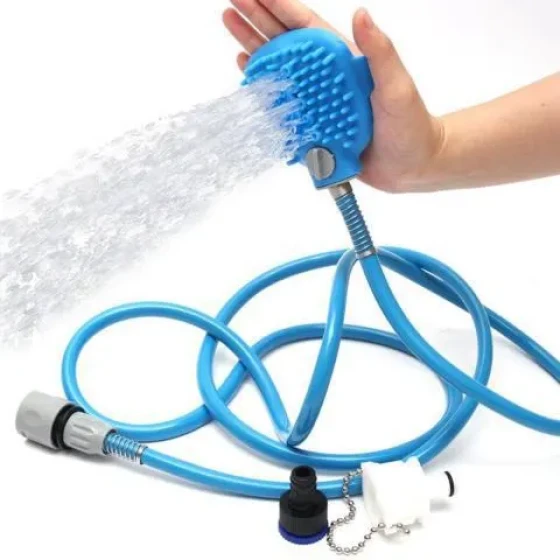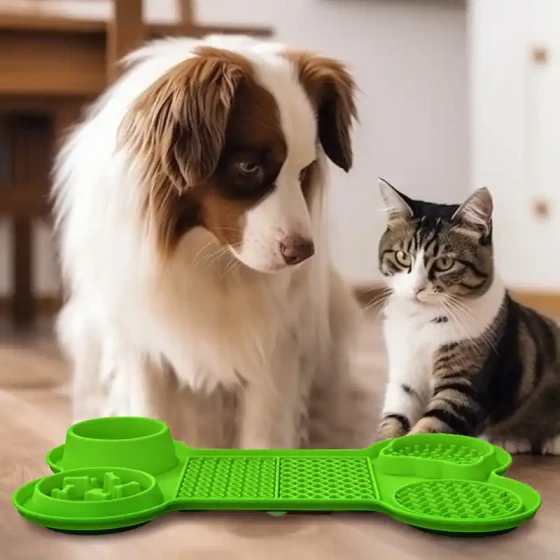How to Choose a Suitable Grooming Shop
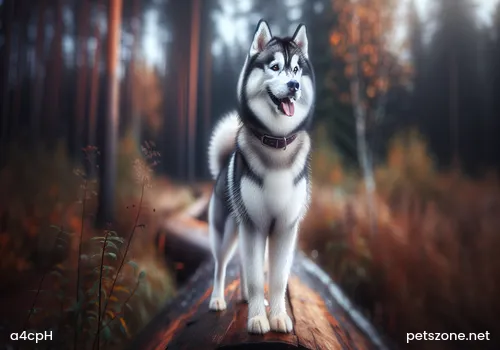
First, pay attention to the hygiene environment of the grooming shop
Grooming shops also have their pros and cons. A good grooming shop not only brings a beautiful appearance to the dog but also ensures the dog's health. Some people think grooming shops are only places to make dogs look better, but the quality of a grooming shop is closely related to the dog's health. A good grooming shop must first have a good environment. If they cannot guarantee the most basic environmental hygiene, then how can they guarantee anything else? Observation, smelling, asking, and touching are the most basic steps to choose a grooming shop.
1. When you enter a pet grooming shop, the first thing to do is to look at how the shop is arranged. The grooming area should be clean and tidy. When there are no dogs being groomed, this area should be spotless, and the tools should also be clean.
2. Tools should be complete; the space can be small, but the items must not be lacking. Pin comb, slicker brush, dryer, clippers, nail clippers, styptic powder, file or stone, ear powder, ear cleaning solution, medical hair pluckers, shampoo.
3. Perhaps the grooming room you visit looks very clean. But never think cleanliness is only what you see. Germs and fungi are not visible to the naked eye, so you also need to smell the room. When there are no dogs, the grooming room should smell like a mixture of disinfectant and grooming shampoo. The grooming room requires good ventilation, so the smell shouldn't be strong. Towels used to dry after bathing should not smell like shampoo, but faintly of disinfectant. In normal procedures, after finishing with one dog, everything that came into contact with the previous dog, such as combs and nail clippers, must be disinfected. Towels must be soaked and washed with disinfectant. This is extremely important, so please remember to check. Of course, it is still recommended that owners bring their own towels for their dogs to prevent cross-infection.
4. Talk more with the groomer: You can discuss ordinary dog grooming issues. A good groomer will not casually claim to handle all situations but will speak honestly. For example, if your dog's hair is very soft and a certain style cannot be done, a real groomer will tell the truth instead of making empty promises.
Generally, groomers will also ask about your dog's condition, such as whether it has been vaccinated or dewormed. Usually, they will touch the dog's coat first, check for mats, and explain grooming methods to you. It's okay to ask many questions; a good groomer is usually patient in explaining.
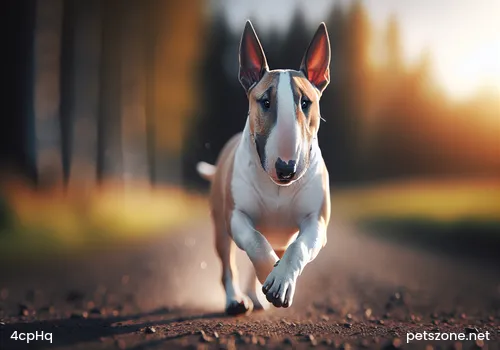
The groomer's performance is also very important
5. Observe the groomer's techniques:
Combing the coat:
No matter what breed, the coat must be combed before bathing. This step will remove loose and broken hair under the coat. If these hairs are not combed out first, once wet, they will mat immediately, making drying and combing difficult. Matted hair also provides hiding spots for parasites, increasing the chance of skin diseases.
Bathing gestures:
Pets have special bathing methods, specifically described as rubbing with the grain of the hair. Except for short-haired dogs, hair longer than five centimeters washed by back-and-forth scratching will likely tangle.
Shaving areas:
No matter the breed, generally shave from the second-to-last nipple to the inner thigh to keep clean. Male dogs’ genital areas are usually shaved clean, female dogs’ vulva also shaved clean, but leaving the top urine guide hair.
The area around the anus will also be shaved to maintain cleanliness.
Drying:
A responsible groomer will never find blow-drying troublesome and will ensure the coat is completely dried.
